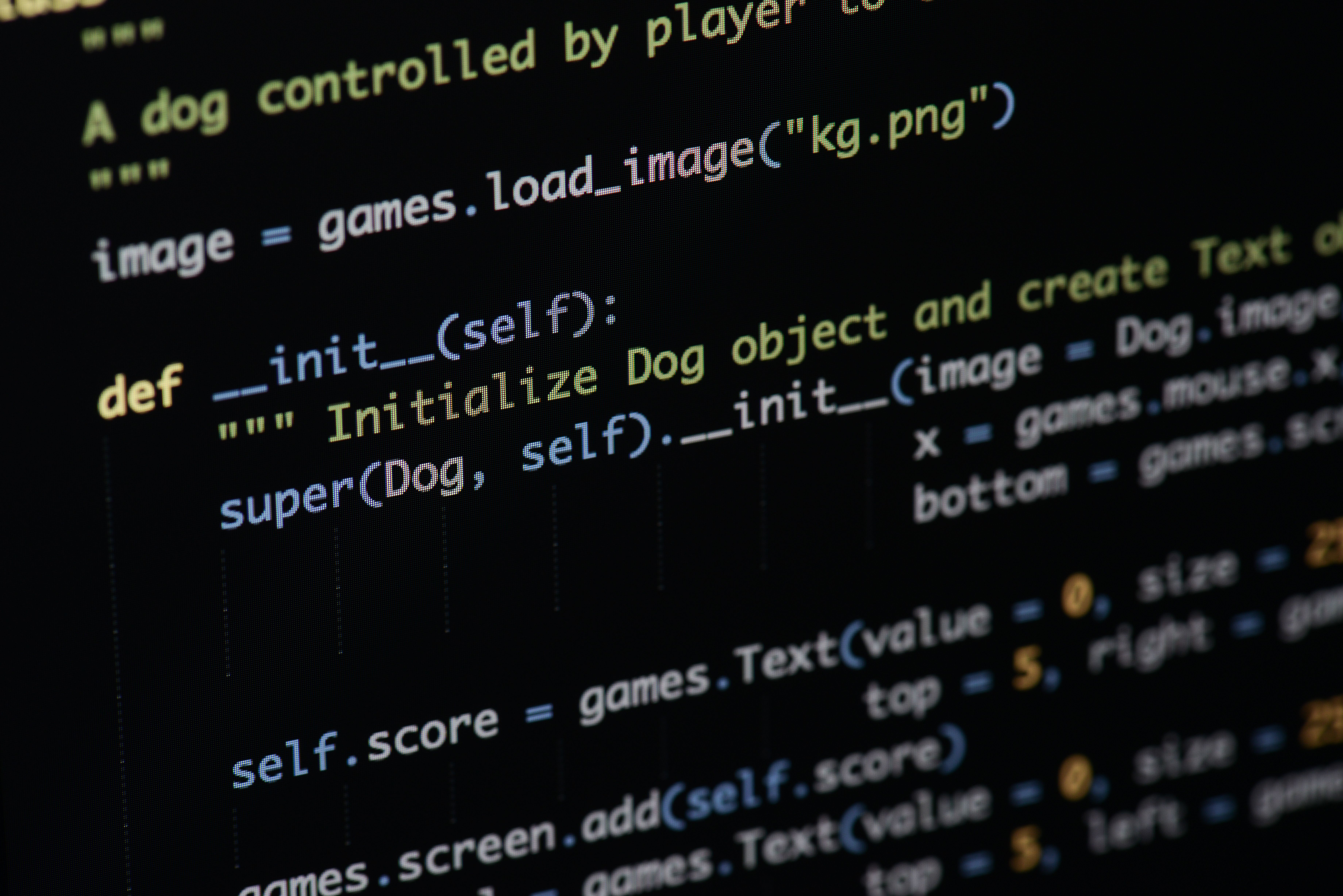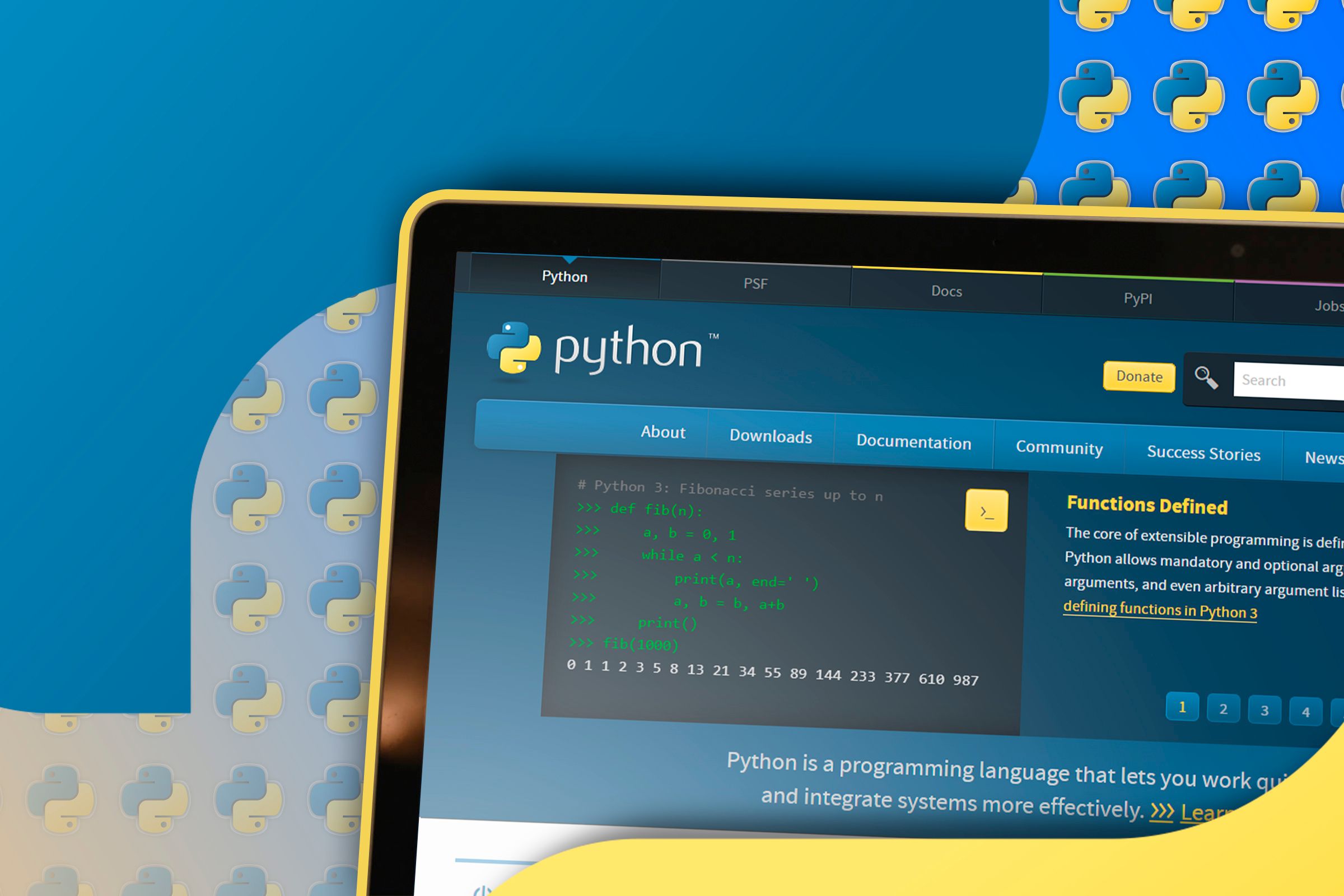Python is a great language designed to make it easy for beginners to learn, but a few common Python beginner questions come up often. Beginners will always have questions when learning a new language, and these Python beginner questions are a great place to start.
1 What is Python, and Why Should I Learn It?
Many people have simply asked me, “What is Python?” It’s probably the most frequently asked beginner Python question I have received. Python is a programming language that tries to simplify commanding a computer to do certain things. If you read a Python script, you may be able to tell what it’s trying to do without knowing everything about the language.
Python is most widely used in automating tasks, analyzing data, or building web applications that can run on most browsers. I’ve even used Python myself to create a few common applications, like an expense tracker. However, it’s so much more than just a tool to make simple applications.
Python is one of the main tools used in data science today. Its simplicity, combined with powerful libraries like Pandas for data manipulation, NumPy for numerical computations, and Matplotlib for creating graphs, makes it ideal for analyzing and visualizing data. Whether you’re working with small datasets or massive amounts of information, Python helps you clean, process, and understand your data, which is why it’s a favorite among data scientists worldwide.
If you’re looking for a beginner-friendly language to learn, Python is perfect since it eases you into the basics of syntax, loops, and conditionals. Once you learn Python, other languages become easier to deal with.
2 What Are the Basic Data Types in Python?
Data types are at the core of learning how Python works, so it’s unsurprising that it forms one of the most common beginner Python questions. Python has several basic data types that help store and manipulate different kinds of information. The most common types are:
- int (for whole numbers like 3 or -12)
- float (for decimal numbers like 4.5 or 0.99)
- str (for text, like “hello”)
- bool (for True or False values)
Each type allows you to perform specific operations, making it easier to work with different forms of data.
Lists are also an essential data type for beginners to learn. A list is an ordered collection of items, like numbers or strings, that can be changed after creation. You can store multiple pieces of information in one place, which is great for keeping track of things like a to-do list or a collection of names.
We used some advanced data structures when we did our simple quiz application in Python allowing us to extend the basic data structures further. Learning more about data structures and how they combine allows a coder to create powerful applications with ease.
3 How Do You Get Started With Actual Python Coding?
Another of the most common beginner Python questions I field is how to actually start coding. We did a comprehensive walkthrough of how to install Python on your system, and integrate it with Visual Studio before. Once it’s installed, writing simple programs is a great way to practice your knowledge and learn a bit more about the language.
A few simple programs you can attempt include:
- Your very first “hello world” program, which prints Hello World on the screen.
- A simple calculator app that does addition, subtraction, multiplication, and division.
- A random number guessing game where the program generates a number and you guess it, taking hints from the program.
We’ve also done a few simple programs on here to demonstrate the power that Python has. These projects help coders learn the language and answer some of their beginner Python questions while teaching them more complex concepts about the language.
4 How Do You Simulate a Dice Roll in Python?
As a hobbyist game programmer, simulating dice is one of the beginner Python questions I expect. Dice are a core part of all types of games, and dice roll simulations are usually one of the first things beginner coders learn how to do. Randomization as a concept is crucial to a lot of programming applications, especially simulations.
To create a dice roll simulation, you can use Python’s built-in random module. The randint() function from this module lets you generate a random number, perfect for simulating a roll of a six-sided die. For example, random.randint(1, 6) will generate a number between 1 and 6, just like rolling a standard die.
One of the great things about this sort of simulation is that it can be used for dice with any number of sides. Twenty-sided-dice, for example, are common in roleplaying games, and simulating something like this is as easy as changing the upper limit value for the randint function.
5 How Do You Navigate the File System to Store Data in Python?
Many Python beginner questions come up when new coders are trying to wrap their head around navigating the file system to store data. It can be a bit overwhelming for new users who are used to using a mouse and keyboard to navigate a GUI. The best way to think of it is asking the operating system for access to a particular location.
Python’s built-in os and open() functions make it easy to create, read, and write files. To start, you can use the os module to navigate through directories. For example, os.getcwd() (operating system, get the current working directory, please) returns your current working directory, while os.chdir() (operating system, please change my directory) allows you to change directories, just like navigating folders on your computer.
There are a lot more nuances to learn about navigating the file system in Python, from creating files and getting write permissions to closing them off properly. With time, you’ll will learn how to navigate the file system in Python seamlessly, opening the doors for more complex programs.
Python has a lot of merits that make it one of the best languages for beginners to learn. Yet, programming, on the whole, has a sinister undertone, making many people think it’s unapproachable. These beginner Python questions should help show anyone interested in coding that this language is easy to get into and learn.






